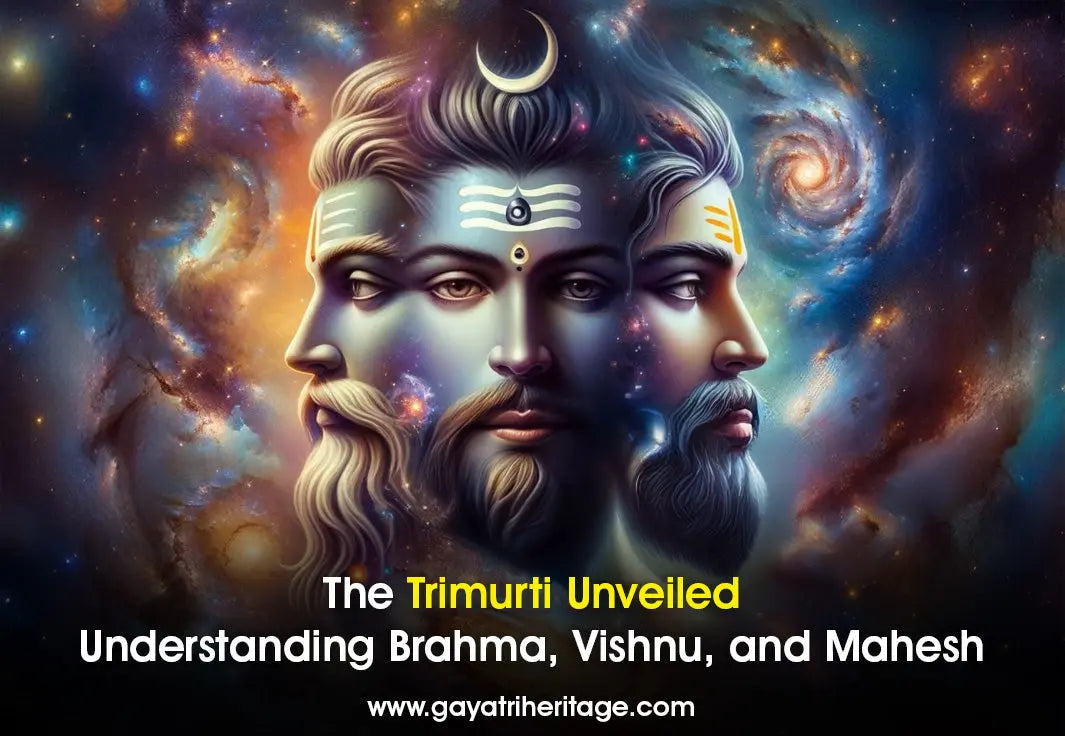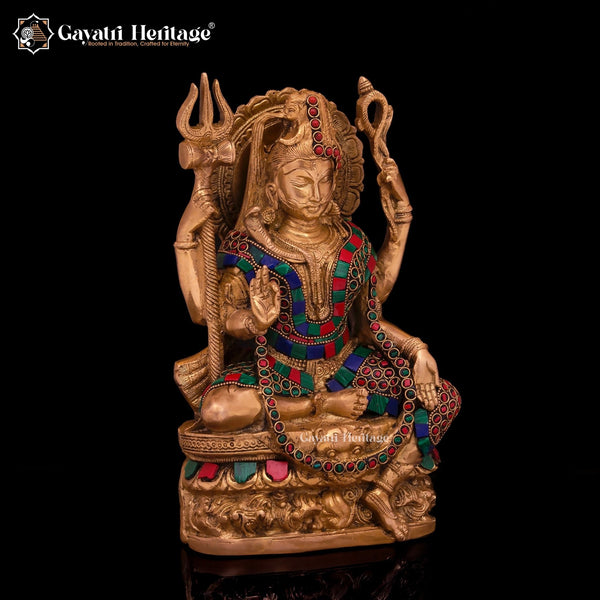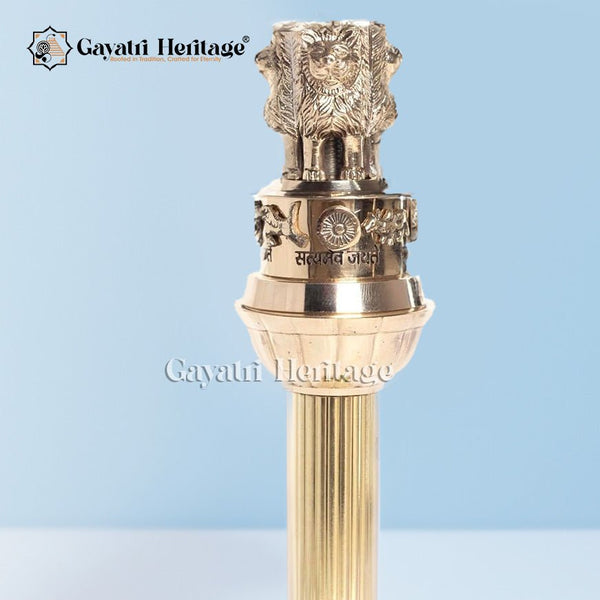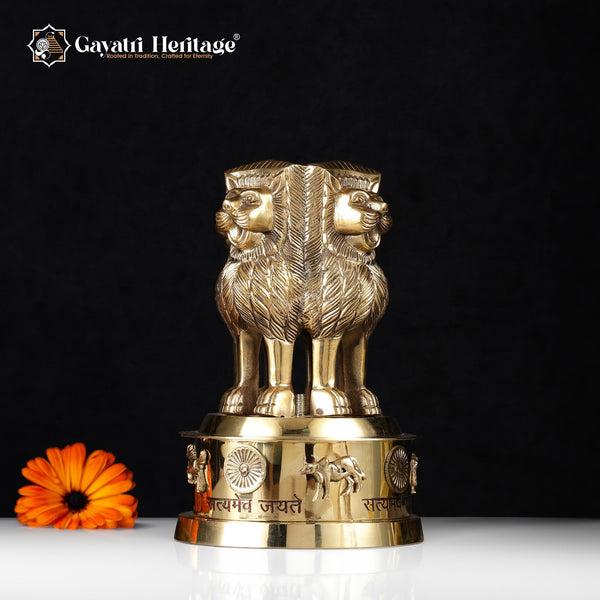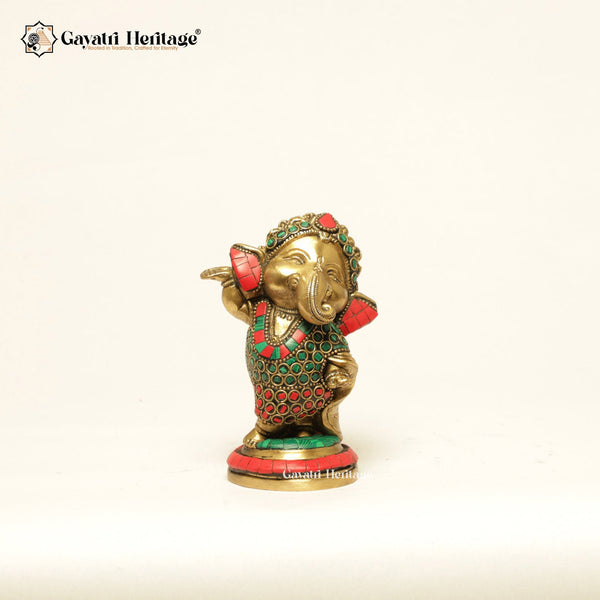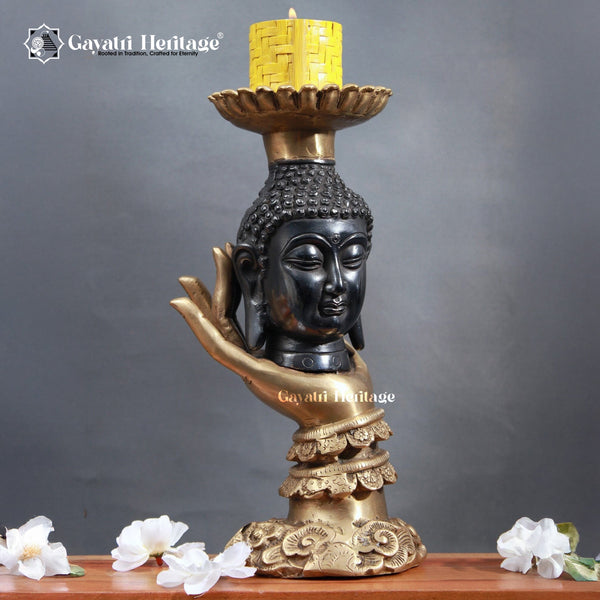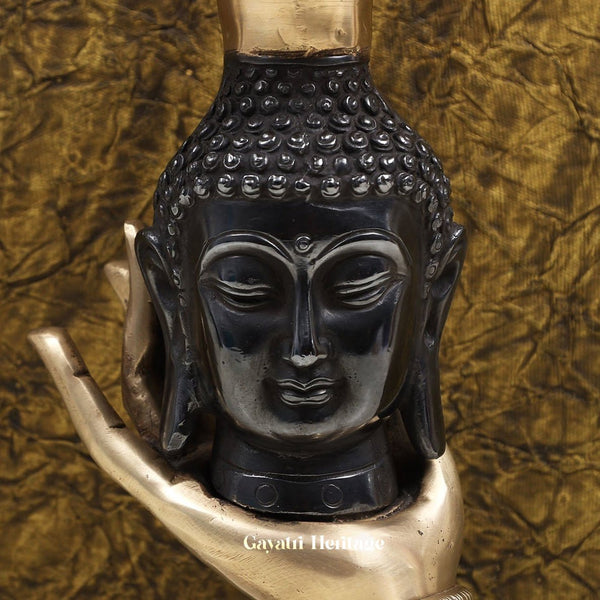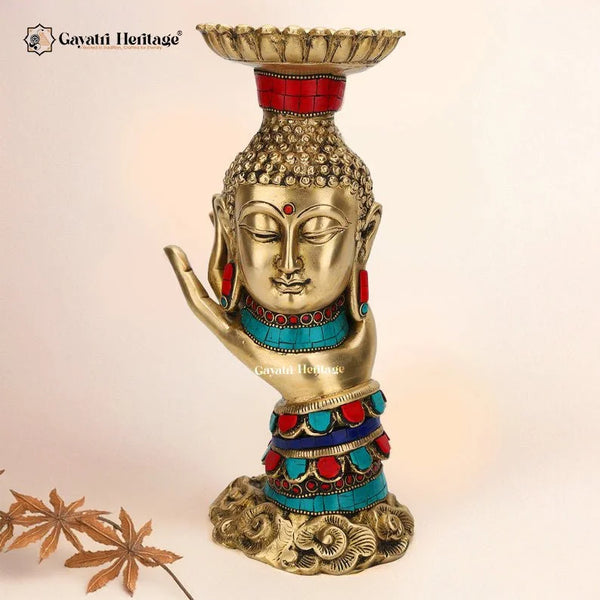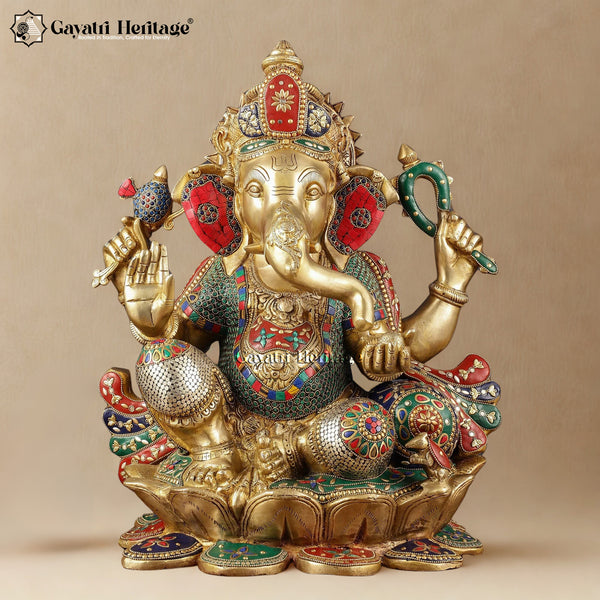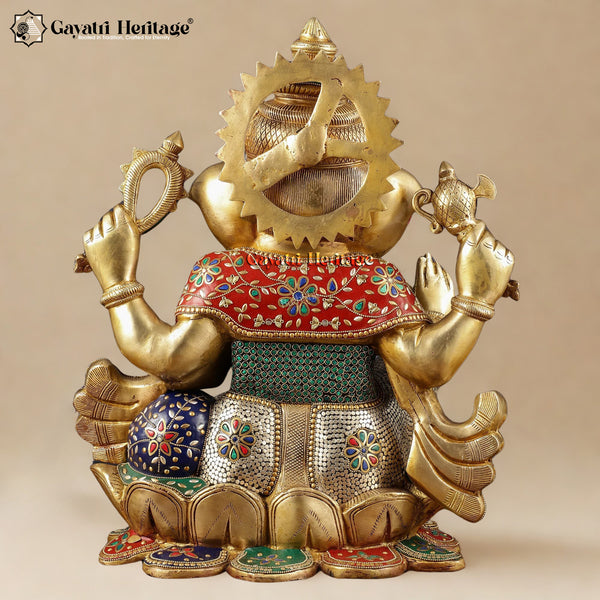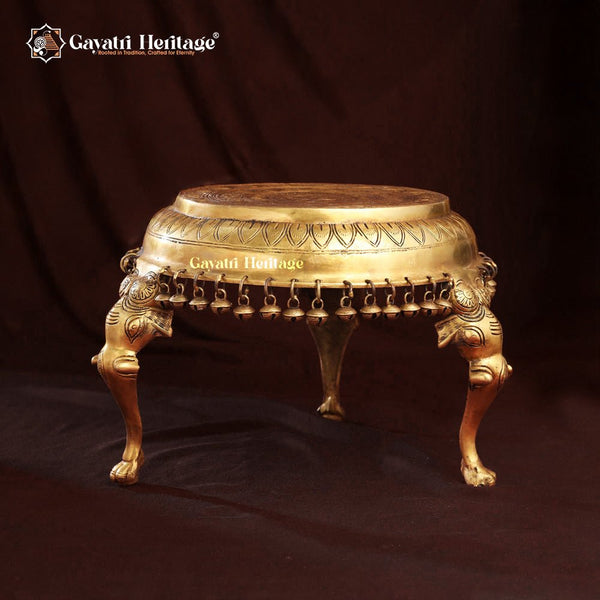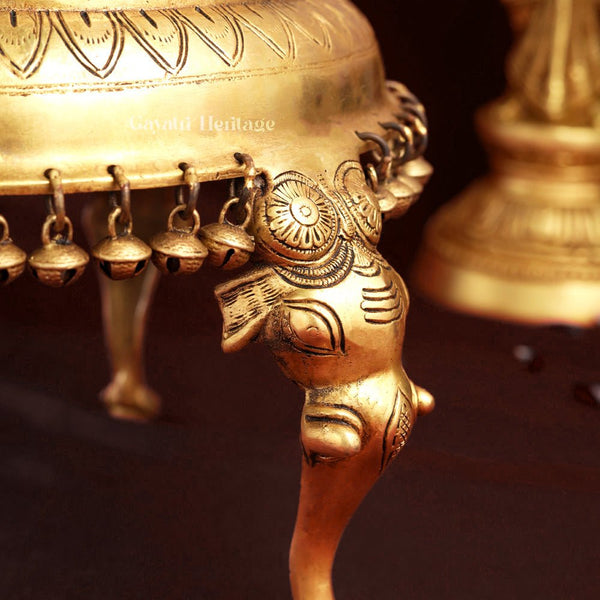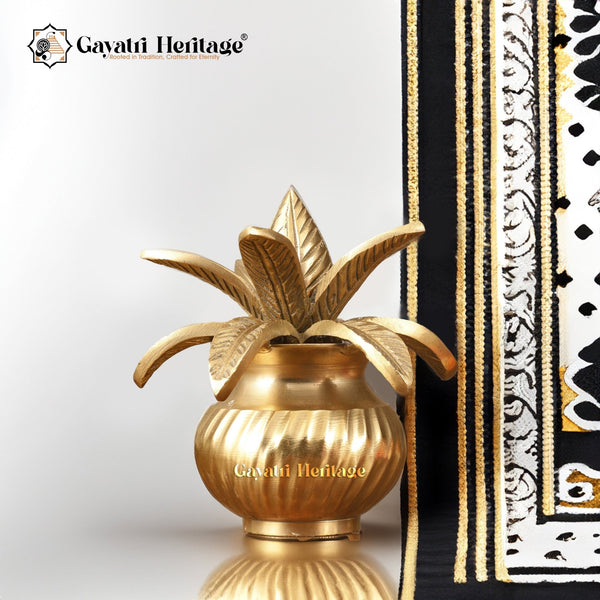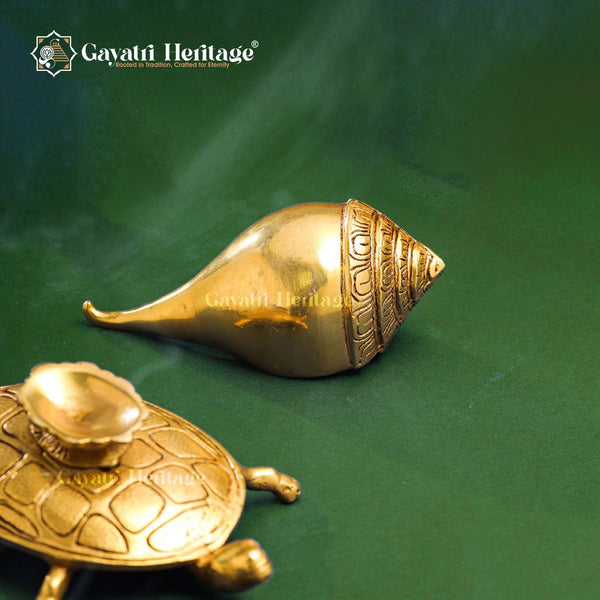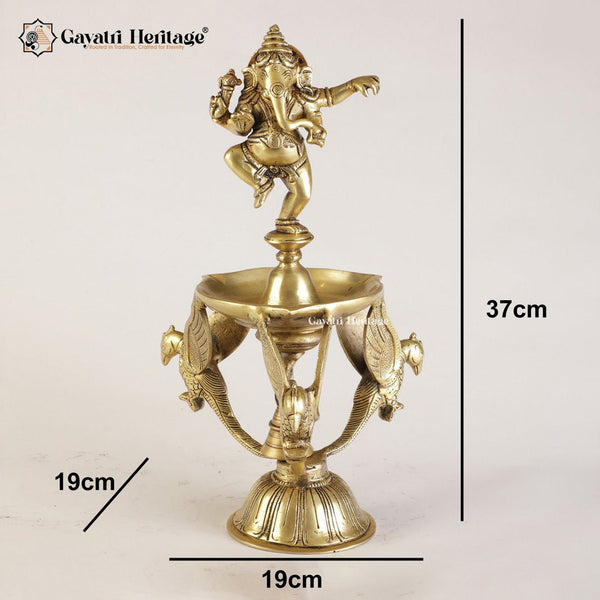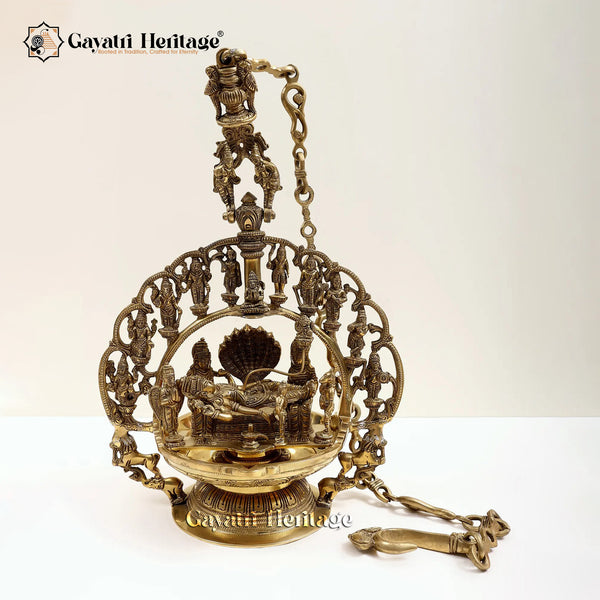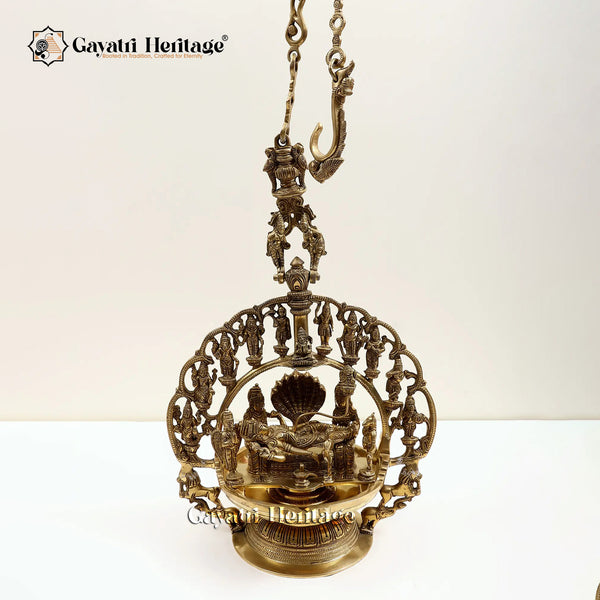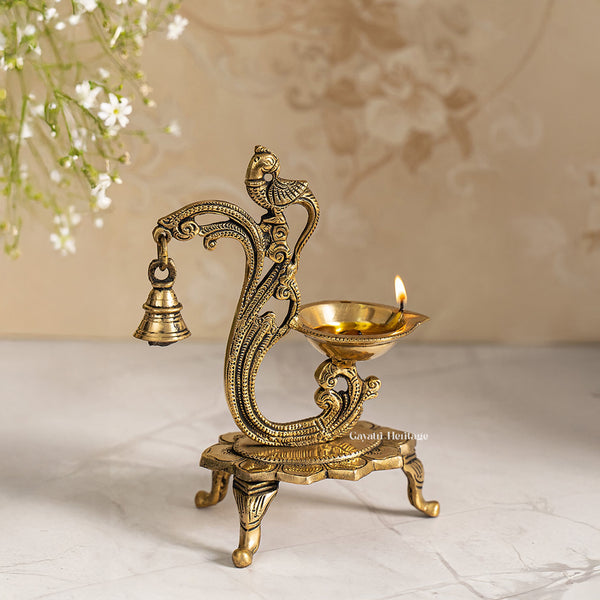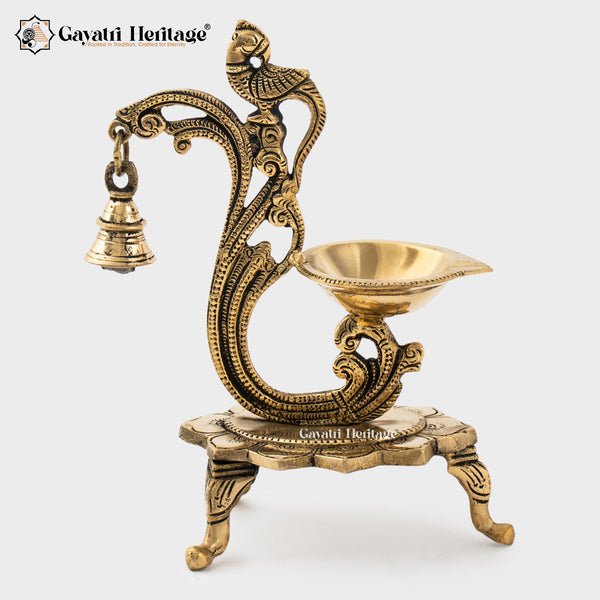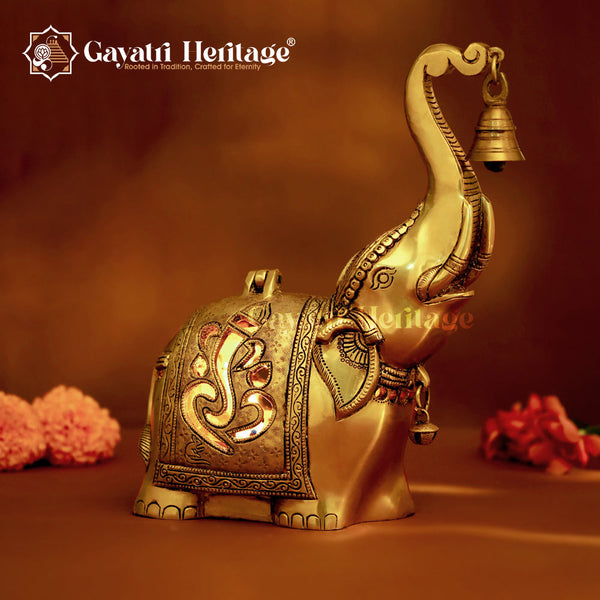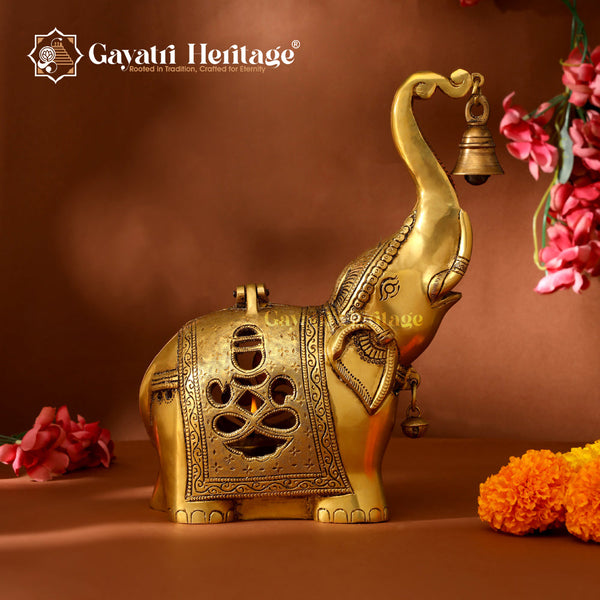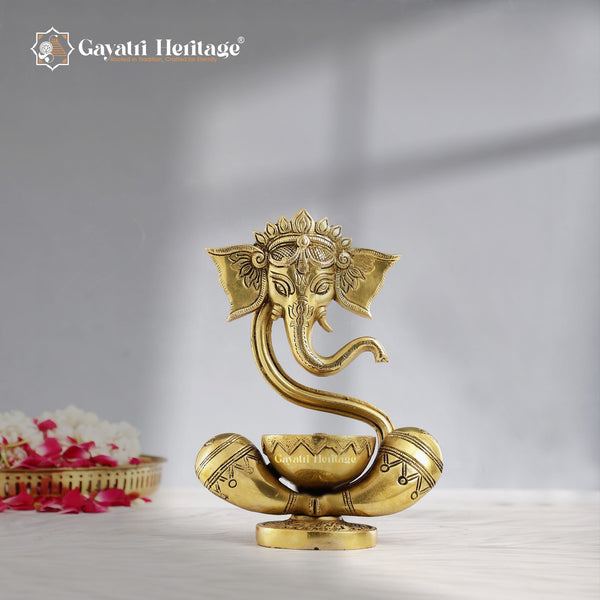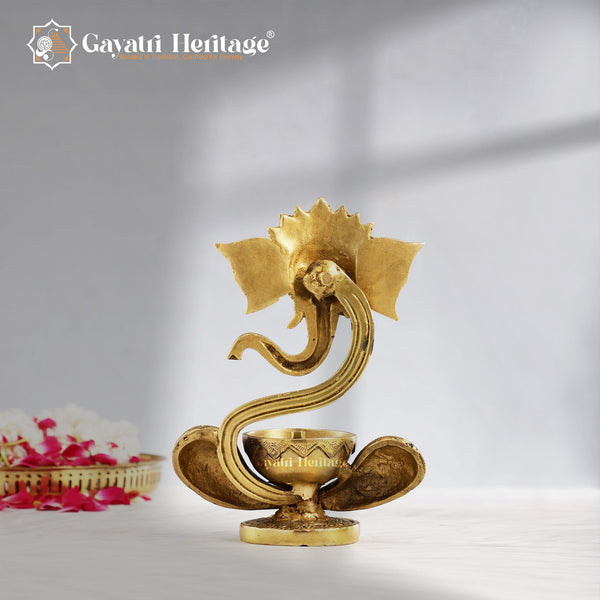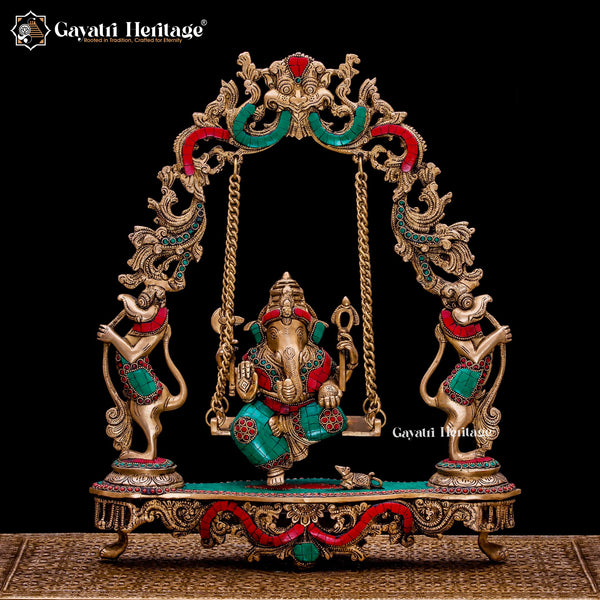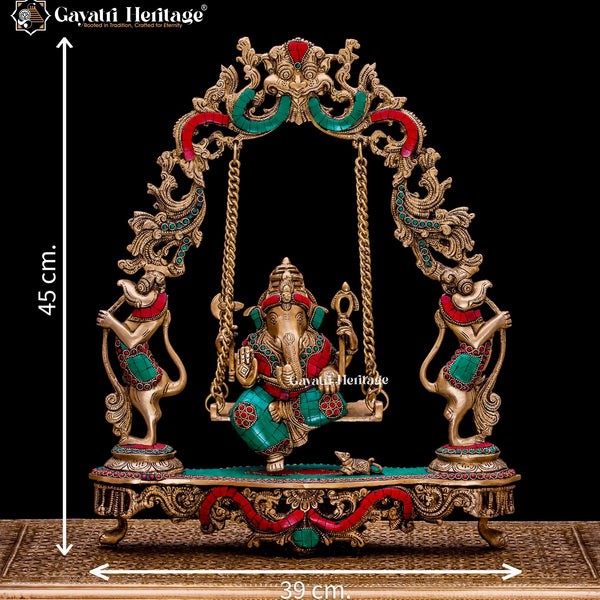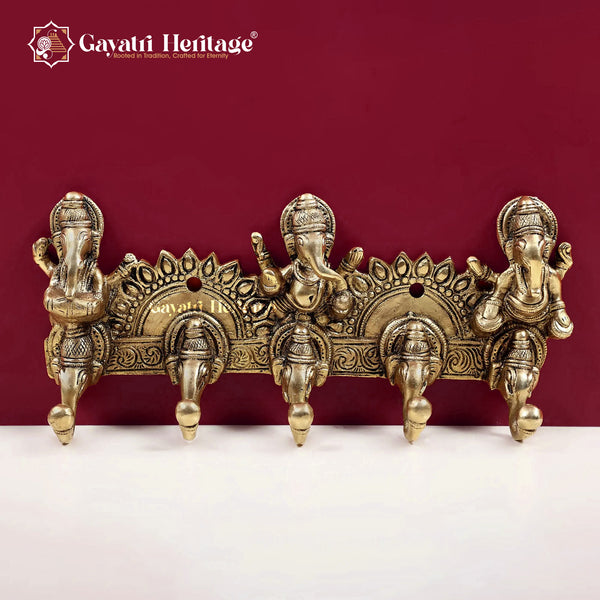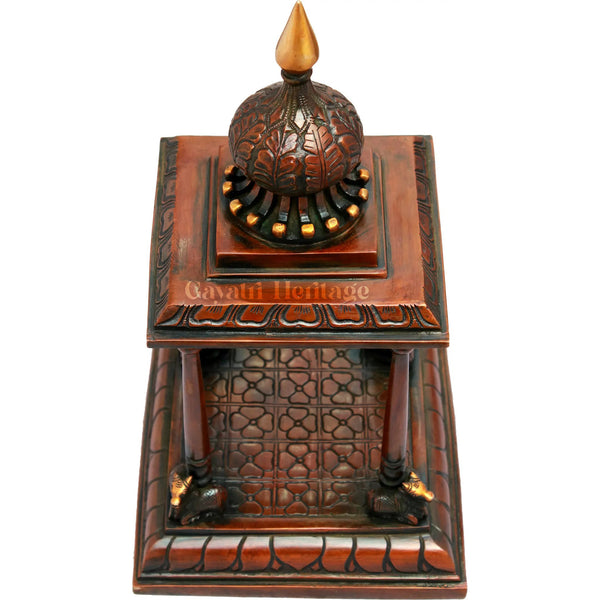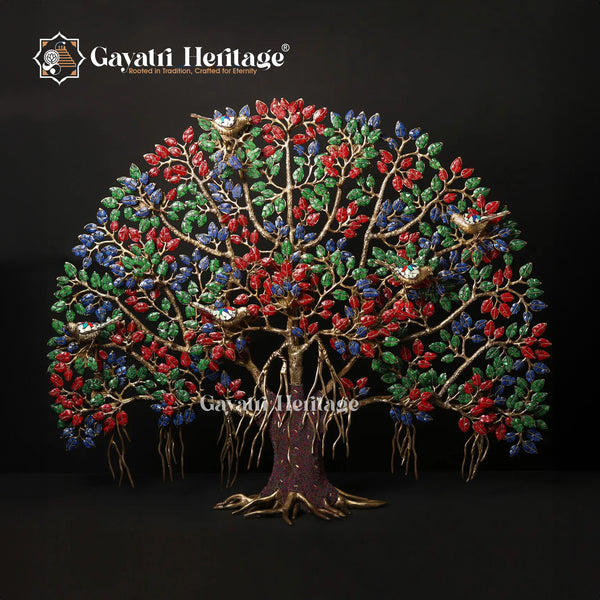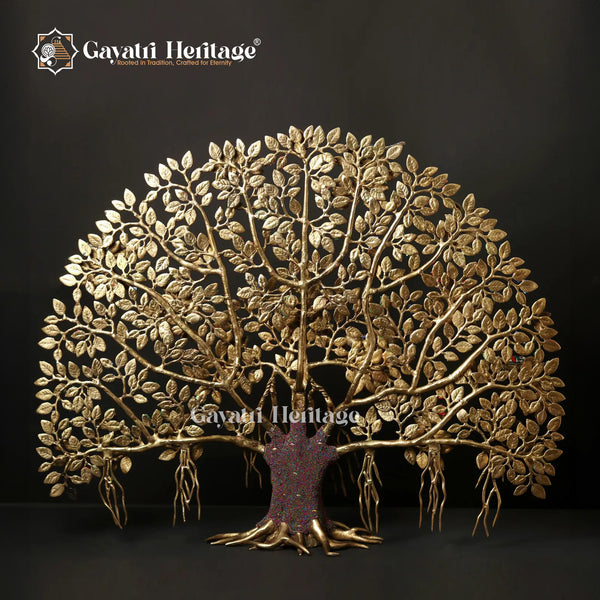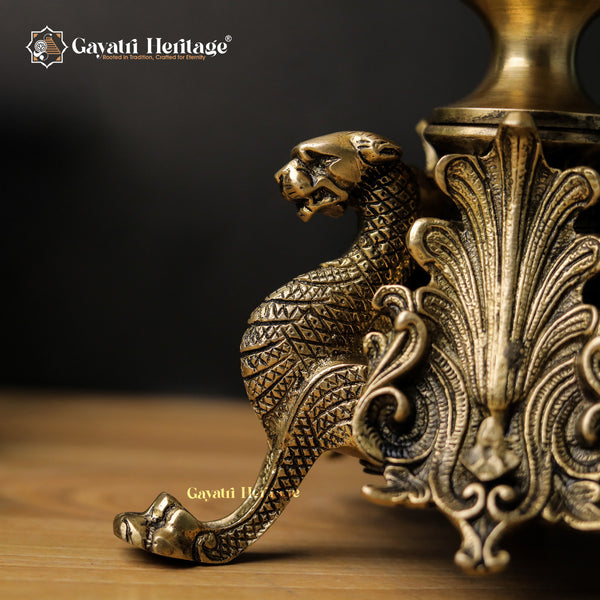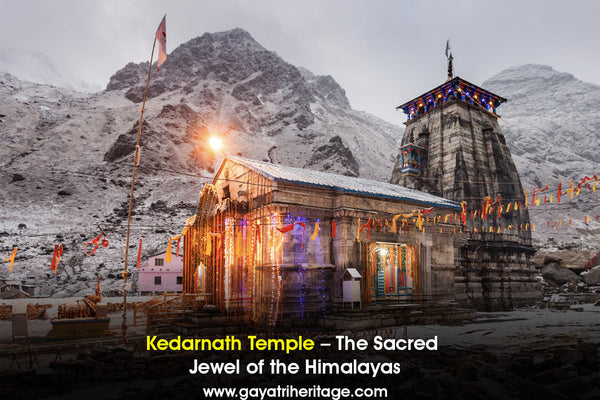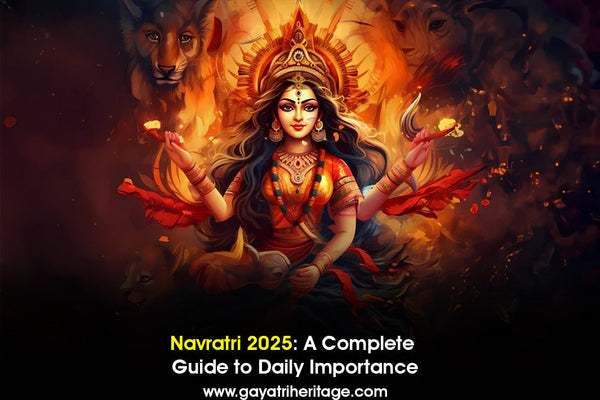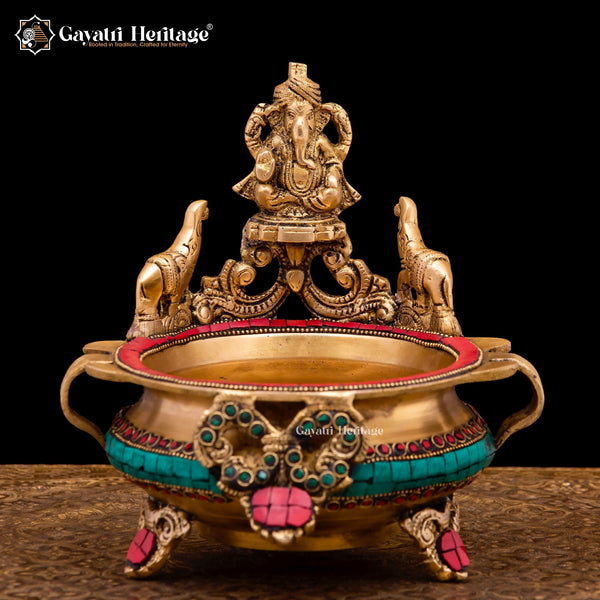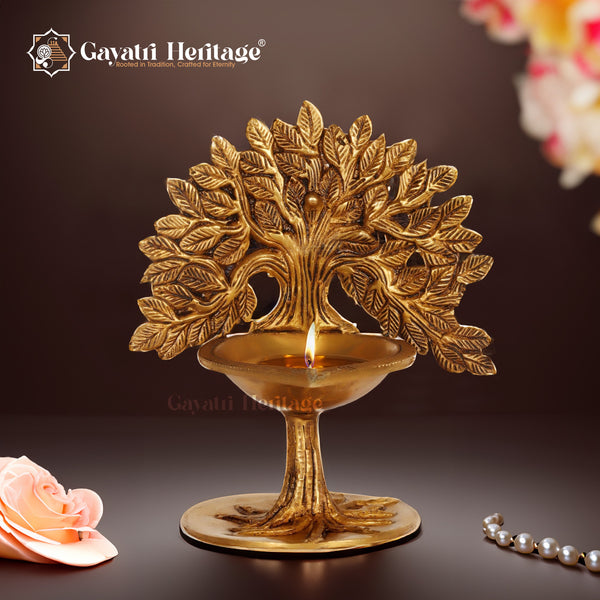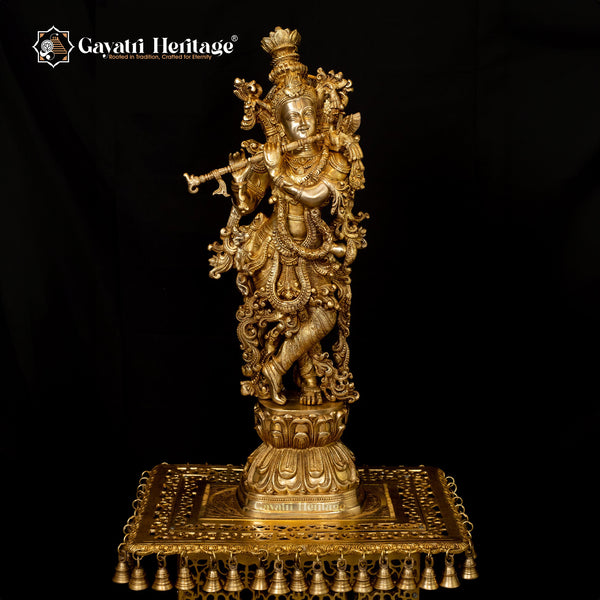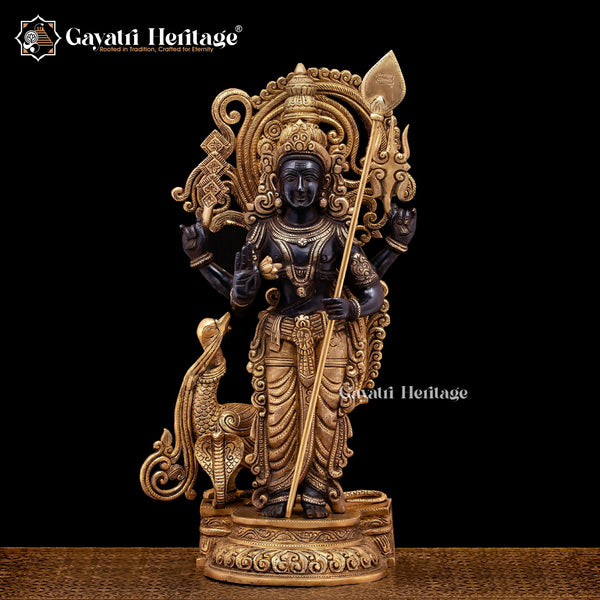In Hinduism, the concept of the Trimurti plays a vital role in understanding the divine cosmic functions. The Trimurti represents the three primary aspects of the Supreme Being: Brahma, Vishnu, and Mahesh (Shiva). These three deities personify creation, preservation, and destruction, respectively, forming the essential forces of the universe. This blog explores the significance of each deity and their roles within the cosmic order.
1. Brahma: The Creator
Brahma is the first deity in the Trimurti, responsible for the creation of the universe. As the Creator, Brahma is depicted with four heads, symbolizing the four Vedas (the sacred texts of Hinduism) and the comprehensive knowledge that spans time, space, and the entirety of existence. He is often shown with a lotus emerging from his navel, which represents the birth of the universe.
Key Characteristics of Brahma:
- Symbol of Creation: Brahma initiates the process of creation and the unfolding of life forms.
- Vahana: Brahma's vehicle is the swan (Hamsa), representing wisdom and the ability to discern truth.
- Role in Hindu Cosmology: Brahma's task is to create the world after each cycle of destruction. His role is essential for the continual cycle of life.
Despite being a central figure, Brahma is not worshipped as widely as Vishnu or Shiva. In fact, there are very few temples dedicated solely to Brahma. This can be attributed to the cyclical nature of Hindu cosmology, where creation and destruction are part of an eternal cycle, and Brahma’s role is transient.
2. Vishnu: The Preserver
Vishnu is the second deity in the Trimurti, embodying preservation and protection. Known as the Protector of the Universe, Vishnu’s role is to maintain harmony and balance in the cosmos. Vishnu is often depicted with four arms, holding a conch shell, discus, mace, and lotus, which represent the various powers and virtues he embodies.
Key Characteristics of Vishnu:
- Symbol of Preservation: Vishnu ensures the preservation of the universe, protecting it from evil forces and maintaining cosmic order (Dharma).
- Avatars: Vishnu is known for his ten avatars (Dashavatara), the most famous being Lord Rama and Lord Krishna, who descend to Earth to restore righteousness.
- Vahana: Vishnu's vehicle is the eagle Garuda, symbolizing strength, loyalty, and speed.
Vishnu is widely worshipped across India, and his temples are found in almost every corner of the country. Devotees believe that Vishnu incarnates in different forms whenever there is a disruption in the cosmic balance, thus restoring order and protecting life.
3. Mahesh (Shiva): The Destroyer
Mahesh, also known as Shiva, is the third deity in the Trimurti, representing destruction and transformation. Shiva’s role as the Destroyer is not negative but essential for the regeneration and renewal of the universe. By destroying old forms, Shiva paves the way for new creation. Shiva is depicted as an ascetic, with a third eye, a crescent moon on his head, and the river Ganga flowing through his hair.
Key Characteristics of Shiva:
- Symbol of Destruction: Shiva’s role is crucial in the cycle of creation and destruction, making way for new beginnings.
- Vahana: Shiva’s vehicle is Nandi, the bull, symbolizing strength, loyalty, and determination.
- Ascetic Nature: Shiva is often portrayed in a meditative state, representing renunciation and detachment from the material world.
While Shiva’s aspect of destruction is often misunderstood, it is vital to the ongoing balance in the universe. Destruction in Hindu philosophy is a form of transformation, clearing the path for new creation. Shiva is also known as the lord of meditation and is revered for his deep spiritual wisdom.
The Trimurti and the Cycle of Existence
Together, Brahma, Vishnu, and Shiva represent the cyclical nature of existence, encompassing creation, preservation, and destruction. This cycle repeats itself eternally, with no clear beginning or end, reflecting the infinite nature of time and the universe in Hindu cosmology.
- Creation (Brahma): The universe comes into being.
- Preservation (Vishnu): The universe is maintained, and life is sustained.
- Destruction (Shiva): The universe is destroyed to make way for renewal.
The Trimurti's interconnected roles are essential in maintaining cosmic balance, illustrating the philosophy of life, death, and rebirth that underpins Hindu thought. Their combined presence also highlights the importance of harmony in nature and the universe.
Conclusion: The Timeless Essence of the Trimurti
The Trimurti teaches us that creation, preservation, and destruction are inseparable aspects of existence. Each deity embodies a key force that sustains life in a never-ending cycle. While the roles of Brahma, Vishnu, and Shiva are distinct, together they represent the totality of the divine workings in the universe. This divine trio holds deep spiritual meaning, offering insights into the perpetual flow of the cosmos and the eternal rhythm of life.
For those seeking spiritual insight, the Trimurti symbolizes the need for balance between creation, preservation, and transformation in every aspect of life. Whether through worship or philosophical reflection, the understanding of these divine forces enriches one’s understanding of the world and our place within it.
